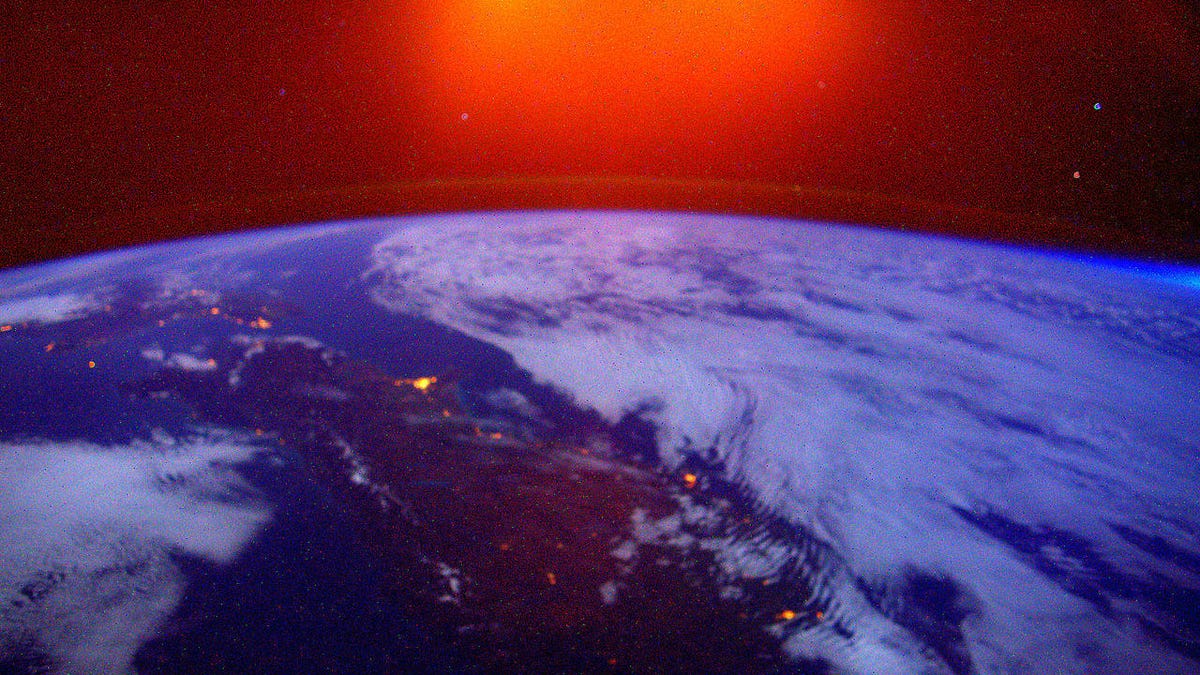
NASA on Thursday announced it’s forming a team to conduct a nine-month study into unidentified aerial phenomena (UAPs), more commonly known as UFOs. The study is effectively a preliminary look into UAPs and will focus on finding valuable data — identifying what relevant is publicly available data, determining how best to collect future data, and studying how NASA can use that data to move the scientific understanding of UAPs forward.
“NASA is uniquely positioned to address UAPs,” Daniel Evans, the assistant deputy associate administrator for research at NASA’s Science Mission Directorate, said to reporters Thursday. Evans will serve as the NASA official responsible for orchestrating the study.
“Few other than us can use the power of data and of science to look at what’s happening in our skies,” he said. “We plan on birnigng together some of the country’s leading scientists, aeronautics experts and data practitioners.”
NASA said it isn’t part of the US Defense Department’s Unidentified Aerial Phenomena Task Force or its successor, the Airborne Object Identification and Management Synchronization Group. The agency has, however, worked with other government agencies on how best to scientifically study UAPs. Defense Department officials testified at a House subcommittee last month in the first public hearing on UAPs in more than 50 years.
Studying UAPs is important for ensuring air safety and national security, which aligns with one of NASA’s goals of ensuring the safety of aircraft.
But even more broadly speaking, “establishing events, whether they’re natural or need to be explained otherwise, is very much algined with NASA’s goals,” Thomas Zurbuchen, the associate administrator for science at NASA’s Washington HQ, said to reporters.
“Part of our task at NASA,” he continued, “is not only to do fundamental research, but as part of that also to find life elsewhere.”
While it’s unrelated to this new study, NASA already has an astrobiology program that focuses on the origins, evolution, and distribution of life beyond Earth. The agency studies topics like water on Mars and “oceans worlds” such as Titan and Europa. It’s also using missions like the Hubble Space Telescope to search for habitable exoplanets. NASA also funds space-based research that focuses on technosignatures – signatures of advanced technology in outer space — from other planets.
“We have demonstrated over the past years, and frankly even decades, our interest in the overall question of finding life elsewhere and also finding intelligent life elsewhere using the tools of science,” Zurbuchen said.
Zurbuchen acknowledged that there may be some “reputational risk” that comes with talking about UAPs.
“It’s clear that in a traditional type of science environment, talking about some of these issues may be considered selling out or talking about things that are not actually science,” he said. “I vehemently oppose that. I really believe the quality of science is measured by the outputs that come from it but also the questions we’re willing to tackle.”
Zurbuchen added, “I do believe it’s absolutely necessary in this and other places to lean into high risk, high impact areas” of study.
NASA stressed that there’s no evidence at this point that UAPs are extra-terrestrial in origin.
That said, Zurbuchen and other NASA officials said they’re going into the study with an open mind.
David Spergel, the Princeton University astrophysicist who will lead the study, said that “the only preconceived notion” he has is that “we should be open to the idea we’re looking at several different phenomena.
“We may find that one explanation accounts for some set of events and a different explanation accounts for others,” he added.
Spergel said NASA will be working with governments, nonprofits, companies and civilians to gather relevant data. Once the study is completed, all of its findings and related data will be publicly available.
“This is just step one,” NASA’s Daniel Evans said, “figuring out what data can be brought to bear… One of the things we’re trying to do here is turn a data-poor field into a data-rich one.”
After that, the agency could move forward by determining what tools, such as AI and ML, could be used to collect even more, better data and analyze it all.
Beyond that, one of the study’s goals is to make scientific discussions about UAPs more socially acceptable, Spergel said — particularly among Naval aviators who may have witnessed UAPs.
“Simply by talking about it in the open [should] help remove some of the stigma,” he said. “That will yield increased access to more data — more reports of more sightings.”





































